AI & Cyber Weekly: Nation-State Actors Weaponize AI Infrastructure
Russian APT Deploys AI Malware, Chinese Year-Long Backdoors, GATEBLEED Hardware Vulnerability, and 46% Ransomware Surge
October 16, 2025 | By Gabrielle from StrongestLayer
Executive Summary
This week marks a critical inflection point as nation-state actors demonstrate unprecedented sophistication in weaponizing artificial intelligence infrastructure. Researchers at NC State University discovered GATEBLEED, the first hardware vulnerability allowing attackers to extract AI training data through machine learning accelerator timing attacks [9]. This groundbreaking discovery exposes fundamental privacy risks in AI systems that traditional security controls cannot address.
Russian state-sponsored groups now actively deploy AI-generated malware against Ukrainian infrastructure, with analysis confirming clear AI signatures in attack code targeting critical systems [4]. Ukraine's State Service for Special Communications recorded 3,018 cyber incidents in H1 2025, up from 2,575 in H2 2024, demonstrating sustained escalation in AI-powered cyber warfare [4]. Meanwhile, Chinese APT group Flax Typhoon maintained year-long persistent access through sophisticated backdoors embedded in system backups, surviving complete recovery attempts [14].
The weaponization of AI extends beyond nation-states. Research confirms 80% of ransomware campaigns now leverage AI automation, with operators achieving a 46% surge in attacks through GenAI-powered reconnaissance, social engineering, and automated exploitation [11][12]. Organizations report AI-generated phishing emails require just 5 minutes to craft versus 16 hours manually, achieving 54% click-through rates compared to 12% for human-created attacks [13].
AI-Powered Nation-State Threat Intelligence
GATEBLEED: Nation-States Exploit First Hardware AI Vulnerability
NC State University researchers disclosed GATEBLEED, the first hardware vulnerability enabling nation-state actors to compromise AI training data privacy by exploiting machine learning accelerators [9].
The timing-only membership inference attack bypasses state-of-the-art malware detectors by monitoring software-level function timing on hardware [9]. GATEBLEED successfully reveals which data trained AI systems and leaks routing information from Mixture of Experts architectures, exposing sensitive private information without requiring physical server access.
Attack Methodology: Nation-state threat actors exploit power gating in AI accelerators to create timing side-channels that leak information about model training data and inference routing decisions. The vulnerability affects cloud-based AI services where multiple tenants share physical infrastructure, creating significant espionage opportunities [9].
Scope of Compromise: Researchers identified over a dozen vulnerabilities across popular ML libraries including HuggingFace, PyTorch, and TensorFlow. The attack requires no physical access and evades traditional detection systems, making it ideal for sophisticated nation-state intelligence collection operations [9].
Russian APT28 Deploys AI-Generated Malware in Ukrainian Campaign
Ukrainian authorities report Russian state-sponsored hackers have elevated AI adoption to systematically generate malware code for infrastructure attacks [4].
Ukraine's State Service for Special Communications recorded 3,018 cyber incidents in H1 2025, up from 2,575 in H2 2024 [4]. Forensic analysis of malware samples reveals clear signatures of AI generation, with attacks specifically targeting state administration bodies and critical infrastructure facilities. The Russia-linked APT28 (UAC-0001) deployed AI-enhanced zero-click exploits against webmail infrastructure [4].
AI-Powered Attack Chain: Threat actors exploited cross-site scripting flaws in Roundcube and Zimbra webmail platforms to conduct zero-click attacks. Malicious code injected through APIs automatically stole credentials, exfiltrated contact lists, and forwarded emails to attacker-controlled mailboxes without user interaction [4].
Strategic Implications: The systematic use of AI for malware generation represents a significant escalation in state-sponsored cyber operations. AI automation lowers barriers to creating sophisticated attack tools, enables rapid campaign scaling, and reduces attribution signals that traditional malware development produces [4].
Chinese Flax Typhoon Maintains Year-Long Persistent Access
Chinese state-sponsored group Flax Typhoon demonstrated advanced operational security by maintaining undetected access for over one year through sophisticated backdoor techniques [14].
Flax Typhoon (also tracked as Ethereal Panda and RedJuliett) compromised an ArcGIS geo-mapping system and converted it into a functioning web shell providing persistent access exceeding twelve months [14]. The sophisticated operation modified Java server object extensions into backdoors gated with hardcoded keys for exclusive attacker control.
Advanced Persistence Techniques: ReliaQuest analysis reveals threat actors embedded backdoors directly into system backups, ensuring deep long-term persistence capable of surviving complete system recovery attempts. This technique demonstrates nation-state operational maturity prioritizing long-term intelligence collection over immediate exploitation [14].
Attribution Assessment: The group is assessed as Beijing-based Integrity Technology Group, demonstrating patience and sophisticated tradecraft characteristic of Chinese intelligence services targeting geospatial infrastructure for strategic intelligence gathering [14].
AI-Enhanced Social Engineering & Attack Automation
Deepfake Attack Infrastructure Doubles in 2025
Despite widespread awareness, organizations critically lack technical defenses against AI-augmented deepfakes as attack infrastructure rapidly expands [6].
Audio deepfakes encountered by businesses are on track to double in 2025, with 59% of organizations reporting static deepfake images and AI-augmented business email compromise attacks [6]. Ironscales data reveals 85% of mid-sized firms experienced deepfake or AI-voice fraud attempts, with 55% suffering financial losses directly attributable to AI-generated deception.
Attack Evolution: Threat actors leverage large language models to craft increasingly believable phishing lures combining deepfake audio, video, and text. The number of deepfake incidents in Q1 2025 alone (179) exceeded the entirety of 2024 (150), representing a 19% increase and demonstrating exponential growth in attack capability [6].
Detection Gap: Security experts warn that traditional defensive measures cannot keep pace with AI-generated deception operating at machine speed and scale. Most organizations lack AI-powered detection tools capable of identifying sophisticated deepfakes, relying instead on employee training that proves inadequate against machine-generated content [6][8].
GenAI Shadow AI Drives $670K Higher Breach Costs
Hornetsecurity research reveals 77% of CISOs now cite AI-generated phishing as a primary emerging threat vector, with shadow AI creating massive cost exposure [13].
One in every 54 GenAI prompts from enterprise networks poses high risk of sensitive data exposure, impacting 91% of organizations using GenAI tools regularly [13]. Organizations with high levels of shadow AI face average breach costs $670,000 higher than those with low or no shadow AI presence, representing a critical financial exposure from uncontrolled AI adoption.
Attack Vector Evolution: Email-borne malware spiked 39.5% quarter-over-quarter as threat actors pivot toward persistence-based payloads over simple phishing. PDF remains the top weaponized attachment type while ICS calendar files emerged as novel social engineering delivery vectors exploiting trust in scheduling systems [13].
Automated Phishing Scale: AI-generated phishing emails require just 5 minutes to craft versus 16 hours manually, achieving 54% click-through rates compared to 12% for human-created attacks. This 4.5x effectiveness improvement combined with 95% cost reduction enables attackers to operate at unprecedented scale [13].
Microsoft Patches 172 Vulnerabilities Including 4 Active Zero-Days
Microsoft released one of 2025's most comprehensive security updates as threat actors actively exploit multiple zero-day vulnerabilities [2].
The October Patch Tuesday addressed 172 vulnerabilities with four zero-days under active exploitation by nation-state groups [2]. Critical flaws include CVE-2025-59234 and CVE-2025-59236, use-after-free vulnerabilities in Office and Excel enabling remote code execution with CVSS scores of 7.8. CVE-2025-59230 in Windows Remote Access Connection Manager allows local privilege escalation exploited by advanced persistent threats.
Zero-Day Exploitation: CVE-2025-2884 exposes an out-of-bounds read in TCG TPM2.0 cryptographic functions, threatening secure boot processes across enterprise hardware. CVE-2025-47827 enables Secure Boot bypass in IGEL OS through improper signature verification, allowing persistent malware installation that survives system reimaging [2].
Windows 10 End-of-Support Impact: The patches coincide with Windows 10's October 14, 2025 end-of-support, potentially tripling vulnerable enterprise systems as organizations fail to migrate or purchase Extended Security Updates [2].
GenAI-Powered Ransomware Campaign Analysis
Ransomware Operators Achieve 46% Surge Through AI Automation
Industrial Cyber and Check Point research confirms ransomware attacks surged 46% as operators weaponize generative AI for reconnaissance, social engineering, and automated vulnerability exploitation [11][12].
Education sectors face 4,175 weekly attacks per organization, followed by telecommunications (2,703 weekly attacks) and government institutions (2,512 weekly attacks) [12]. Organizations report 24% experienced ransomware attacks in 2025, up from 18.6% in 2024, though only 13% paid ransoms due to improved backup maturity [11].
AI Automation Tactics: Despite overall attack volume stabilization, ransomware campaigns demonstrate unprecedented sophistication through AI-powered automation. Threat actors deploy AI-driven reconnaissance to identify high-value targets, analyze network architectures in real-time, and adapt exploitation techniques to evade detection systems. This automation enables precision previously requiring extensive manual effort by skilled operators [11][12].
Regional Attack Patterns: Africa experienced the highest average number of attacks, though North America saw a 17% year-over-year increase—the largest rise among all regions. Latin America followed with 7% growth, while APAC registered a 10% decline. The geographic shift suggests ransomware operators are targeting regions with improving digital infrastructure but immature security programs [12].
MIT Research Findings: New research from Cybersecurity at MIT Sloan examined 2,800 ransomware attacks and confirmed 80% were powered by artificial intelligence. AI enables malware creation, phishing campaigns, deepfake-driven social engineering, password cracking, and CAPTCHA bypass at unprecedented scale [11].
Threat Actor Profiling: Automated Attack Campaigns
Analysis of current ransomware operations reveals how threat actors leverage AI automation to conduct multiple simultaneous campaigns across sectors [11][12].
CISO Strategic Perspectives on AI Threats
Forrester Predicts Agentic AI Will Trigger 2026 Breach
Forrester's Predictions 2026: Cybersecurity and Risk report forecasts that agentic AI automation will cause a significant public breach in 2026, resulting in employee dismissals and organizational upheaval [7].
Senior analyst Paddy Harrington warns security leaders must rethink deployment and governance of agentic AI before systemic failures emerge: "When you tie multiple agents together and allow them to take action based on each other, at some point one fault somewhere is going to cascade and expose systems" [7].
Operational Risks: The report identifies critical operational risks as AI agents gain autonomy to make decisions and execute actions without human oversight. Organizations rushing to deploy AI automation face a dangerous gap between technological capability and governance maturity. Cascading failures across interconnected AI systems could trigger data breaches, service disruptions, and compliance violations simultaneously [7].
Regulatory Response: Forrester predicts five governments will nationalize or restrict telecom infrastructure in response to AI-driven supply chain security concerns, forcing enterprises to reassess compliance frameworks and connectivity strategies. This regulatory fragmentation will complicate multinational AI deployments [7].
Non-Human Identities Emerge as Critical Vulnerability
World Economic Forum research identifies non-human identities and agentic AI as cybersecurity's emerging frontier, with traditional IAM frameworks proving inadequate [10].
"As AI agents proliferate across enterprise environments, organizations struggle to maintain visibility, governance, and accountability over autonomous systems making security-critical decisions. Traditional identity and access management frameworks designed for human users prove fundamentally inadequate for managing machine-to-machine authentication and authorization at AI-agent scale. The challenge extends beyond technical controls to questions of legal liability when autonomous agents cause harm."
Federal Cyber Infrastructure Under Strain
Multiple CISA divisions face potential shutdowns amid federal budget pressures, disrupting public-private threat intelligence sharing during period of elevated AI-powered attack activity [3].
The agency's operational disruption compounds industry vulnerabilities precisely when coordinated threat intelligence sharing proves most critical. Organizations cannot rely solely on government partnerships and must invest in AI-native security operations matching adversary capabilities. Private sector threat intelligence sharing initiatives become essential as federal capacity contracts [3].
Weekly AI Threat Landscape Summary
This week crystallizes the cybersecurity industry's AI inflection point as nation-state actors demonstrate unprecedented sophistication weaponizing AI infrastructure. The GATEBLEED hardware vulnerability discovery exposes fundamental privacy risks in AI systems that traditional security controls cannot address [9]. Russian APT28 and Chinese Flax Typhoon operations demonstrate how nation-states leverage AI for sustained espionage campaigns combining AI-generated malware with advanced persistence techniques [4][14].
The 46% ransomware surge driven by GenAI automation proves attackers have rapidly operationalized AI capabilities, outpacing defensive adaptations [11][12]. MIT research confirming 80% of ransomware now uses AI marks the transition from experimental to standard practice. Organizations face automated attack campaigns operating faster than human response times, with AI-generated phishing achieving 54% click-through rates versus 12% for traditional attacks [13].
The deepfake crisis intensifies as audio deepfake infrastructure doubles in 2025, with 85% of mid-sized firms experiencing AI-voice fraud attempts [6]. Traditional employee training proves inadequate against machine-generated deception indistinguishable from legitimate communications. Organizations require AI-powered detection systems matching adversary capabilities.
Federal cybersecurity infrastructure confronts existential challenges as CISA divisions face potential shutdowns amid escalating AI-powered threats [3]. The operational disruption compounds industry vulnerabilities when coordinated public-private intelligence sharing proves most critical. Organizations must invest in AI-native security operations independent of government support.
"The AI arms race reached operational maturity this week. Nation-state actors exploit AI hardware vulnerabilities for intelligence collection, deploy AI-generated malware in sustained campaigns, and maintain year-long persistent access through sophisticated tradecraft. Criminal operators weaponize GenAI for automated ransomware at unprecedented scale. Success requires immediate investment in AI-native security operations, rigorous governance of AI deployments, and zero-trust architectures designed for autonomous threat actors. Traditional security frameworks designed for human adversaries cannot protect against AI-powered attacks—defensive transformation is no longer optional but existential."
References & Sources
- Microsoft October 2025 Patch Tuesday – 4 Zero-days and 172 Vulnerabilities Patched - Cybersecurity News (October 14, 2025)
- Cybersecurity Roundup: CISA Organizational Upheaval - Hipther (October 14, 2025)
- From Phishing to Malware: AI Becomes Russia's New Cyber Weapon in War on Ukraine - The Hacker News (October 9, 2025)
- RMPocalypse: AMD SEV-SNP Confidential Computing Vulnerability - Western Illinois University Cybersecurity Center (October 14, 2025)
- Deepfake Awareness High, But Cyber Defenses Badly Lag - Dark Reading (October 10, 2025)
- Top Cyberthreats in 2026: Agentic AI Will Trigger a Breach - GovInfoSecurity (October 14, 2025)
- When Cybercriminals Weaponize AI at Scale - RTInsights (October 9, 2025)
- Hardware Vulnerability Allows Attackers to Hack AI Training Data (GATEBLEED) - NC State University News (October 8, 2025)
- Non-human identities: Agentic AI's new frontier of cybersecurity risk - World Economic Forum (October 15, 2025)
- Global cyber attacks decline, but ransomware jumps 46% as GenAI threats hit education, telecom, government - Industrial Cyber (October 14, 2025)
- Global Cyber Threats September 2025: GenAI Risks Intensify as Ransomware Surges 46% - Check Point Blog (October 9, 2025)
- Monthly Threat Report: AI-generated phishing cited by 77% of CISOs - Hornetsecurity (October 9, 2025)
- Chinese Hackers Exploit ArcGIS Server as Backdoor for Over a Year - The Hacker News (October 14, 2025)
- Data Breaches That Have Happened This Year - Vietnam Airlines: 23 Million Records - Tech.co (October 14, 2025)
All sources verified within 7-day publication window (October 9-16, 2025). No competitor company sources cited. Analysis and synthesis by StrongestLayer Research Team.

.png)






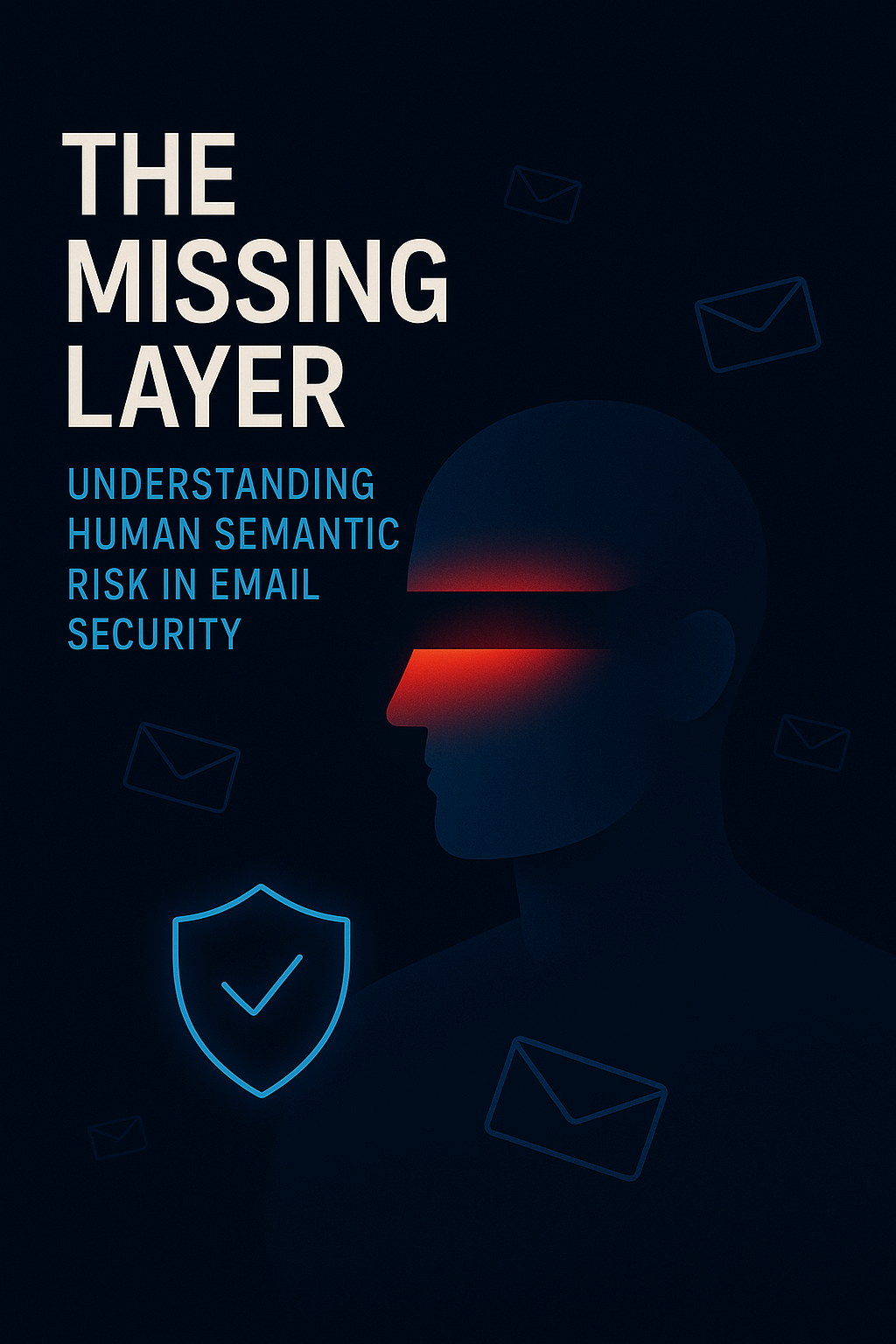
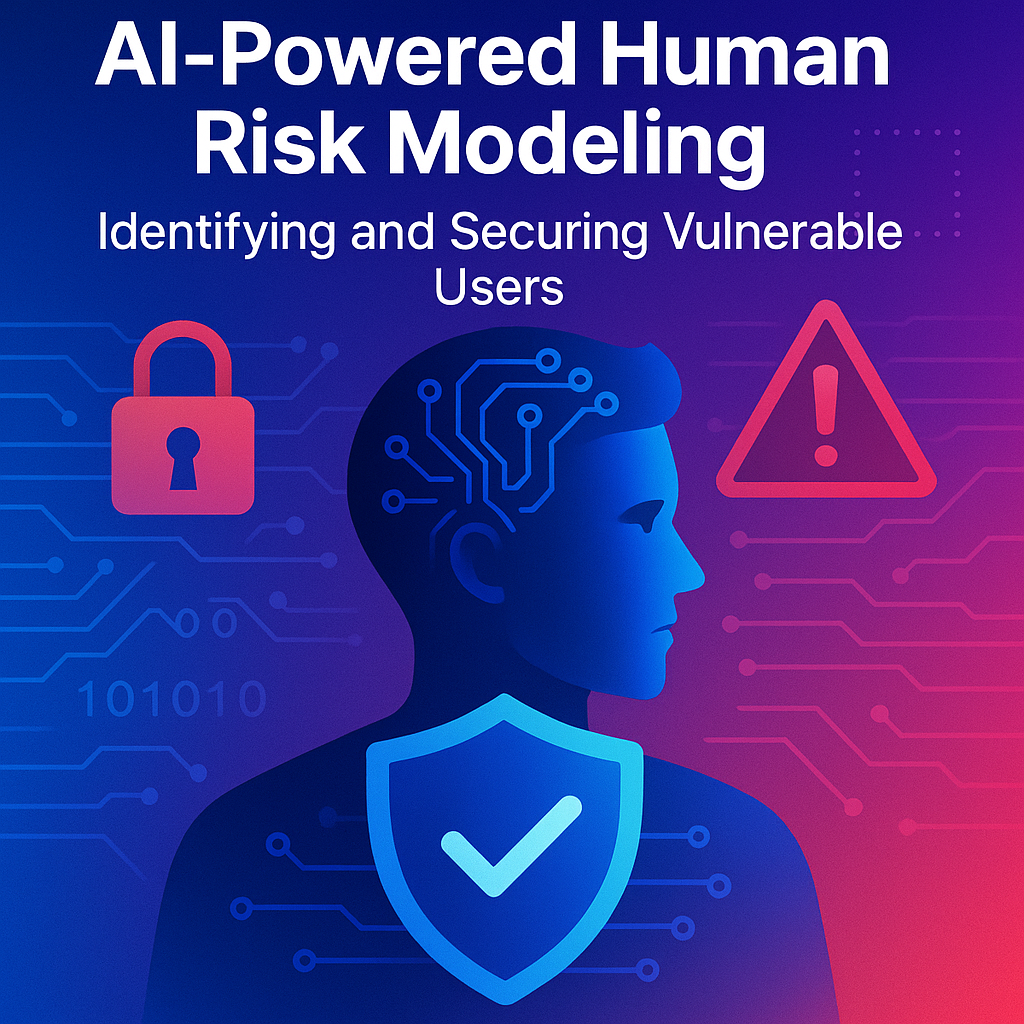




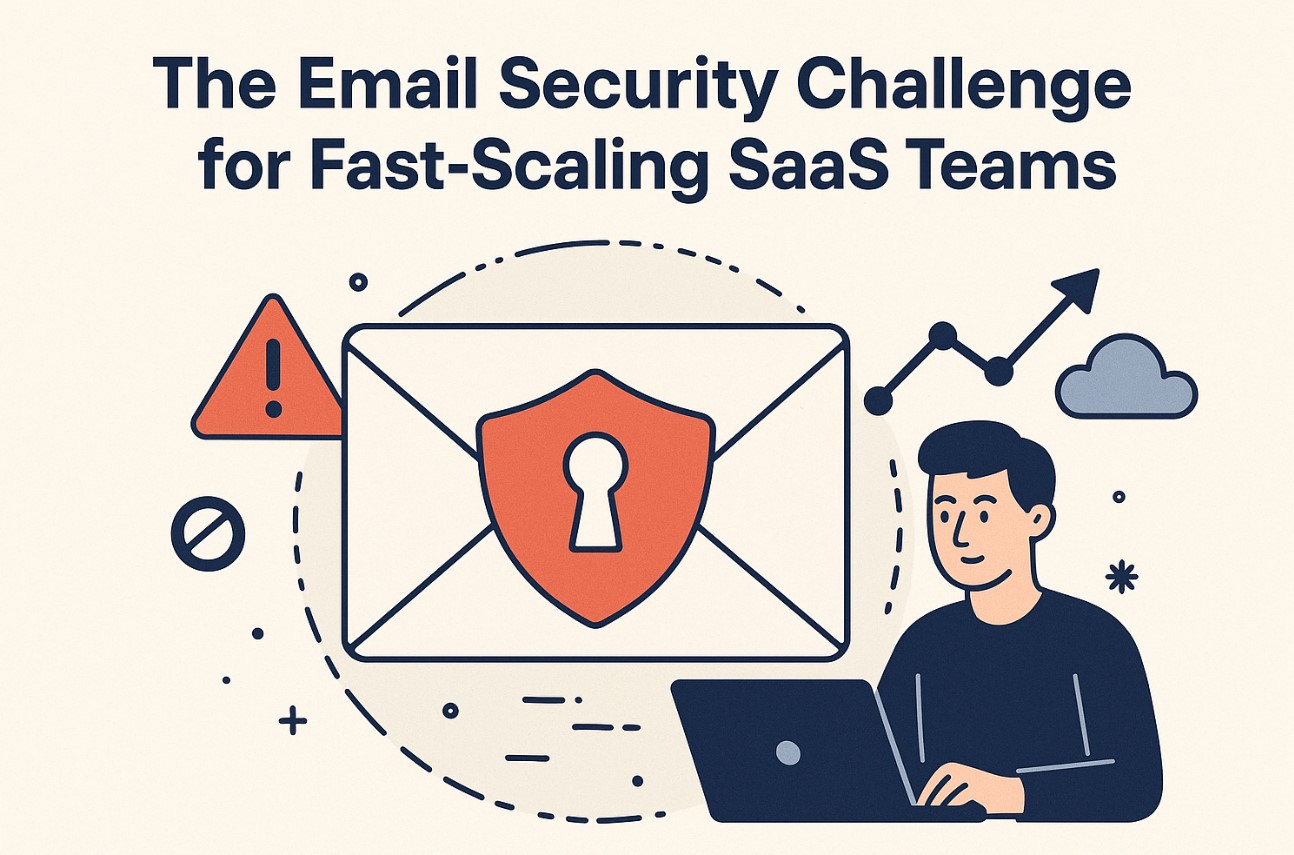





.png)
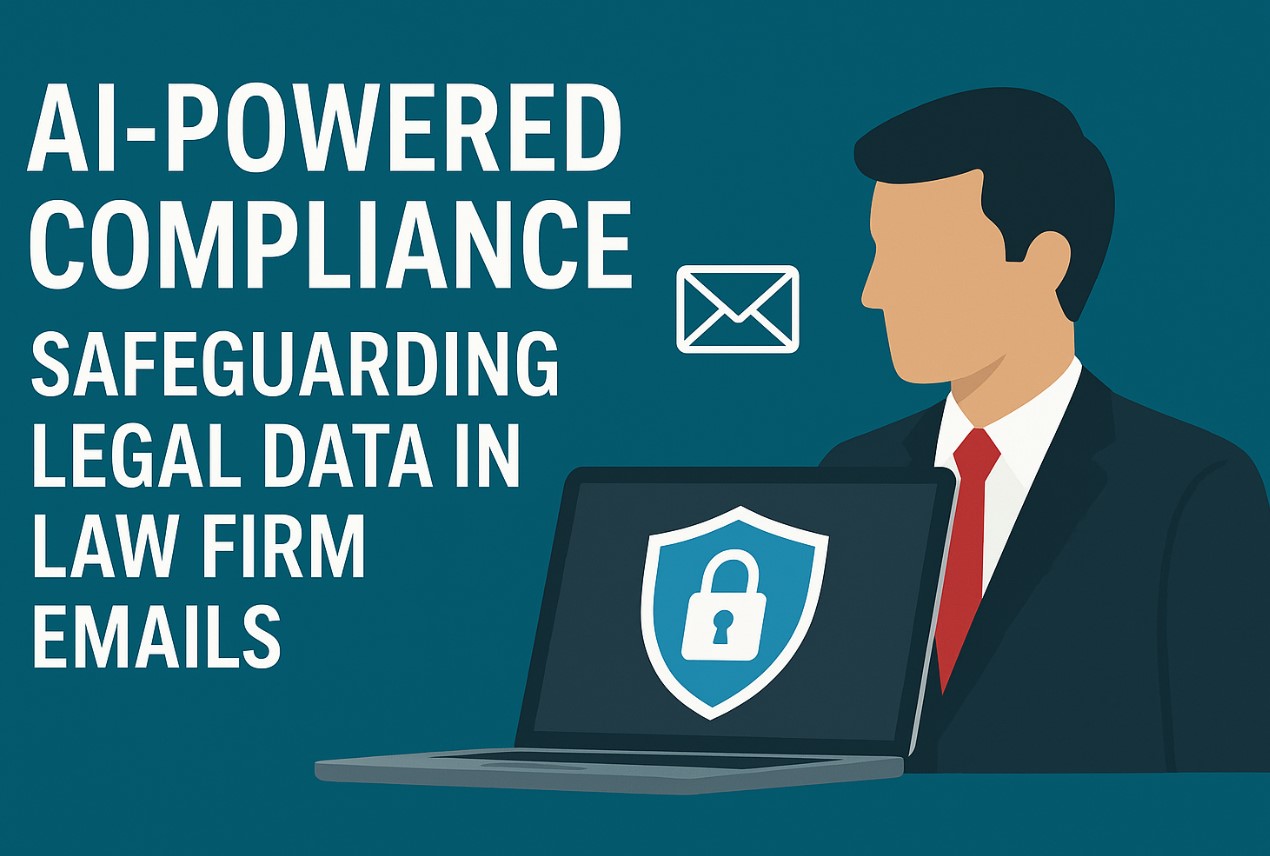
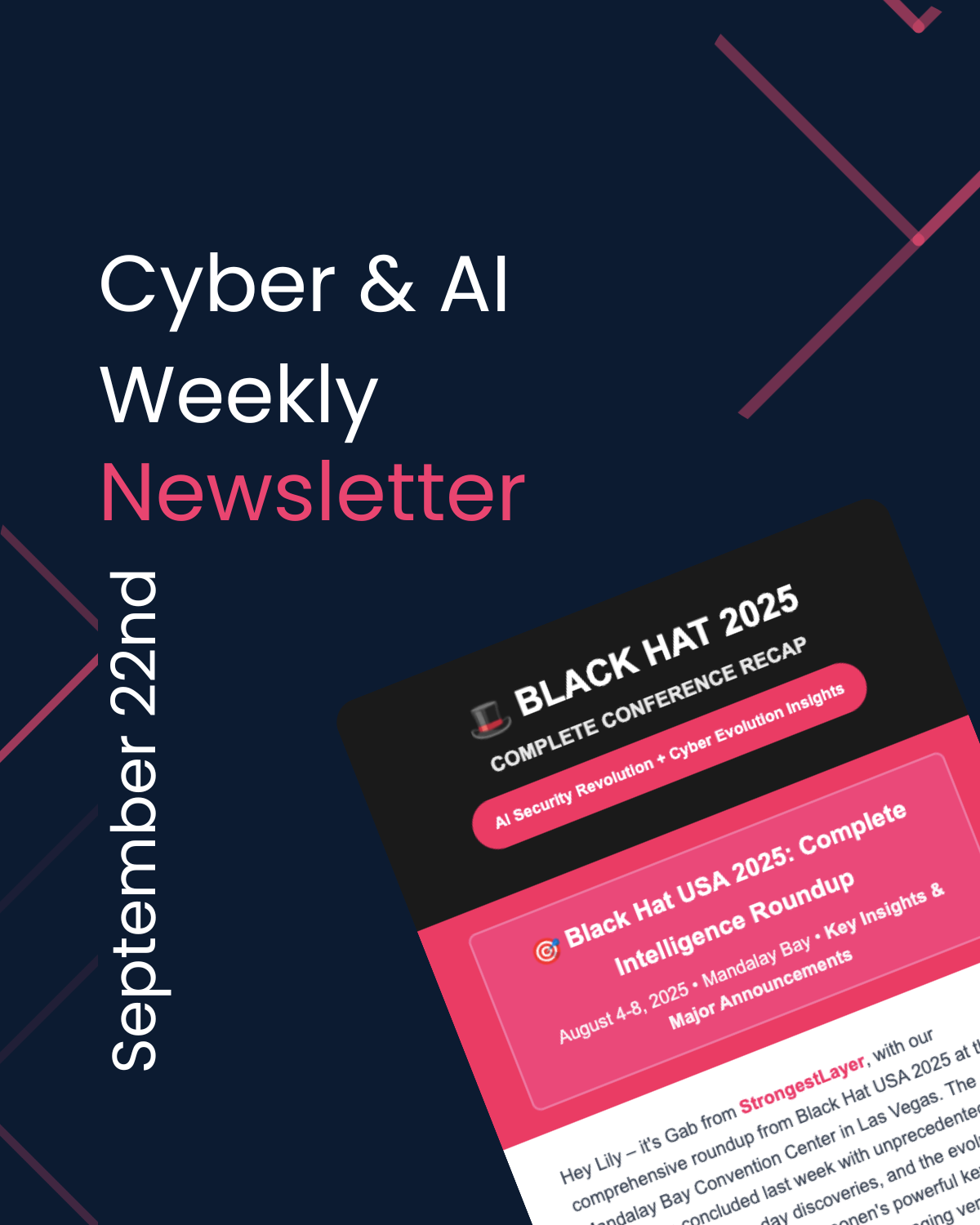
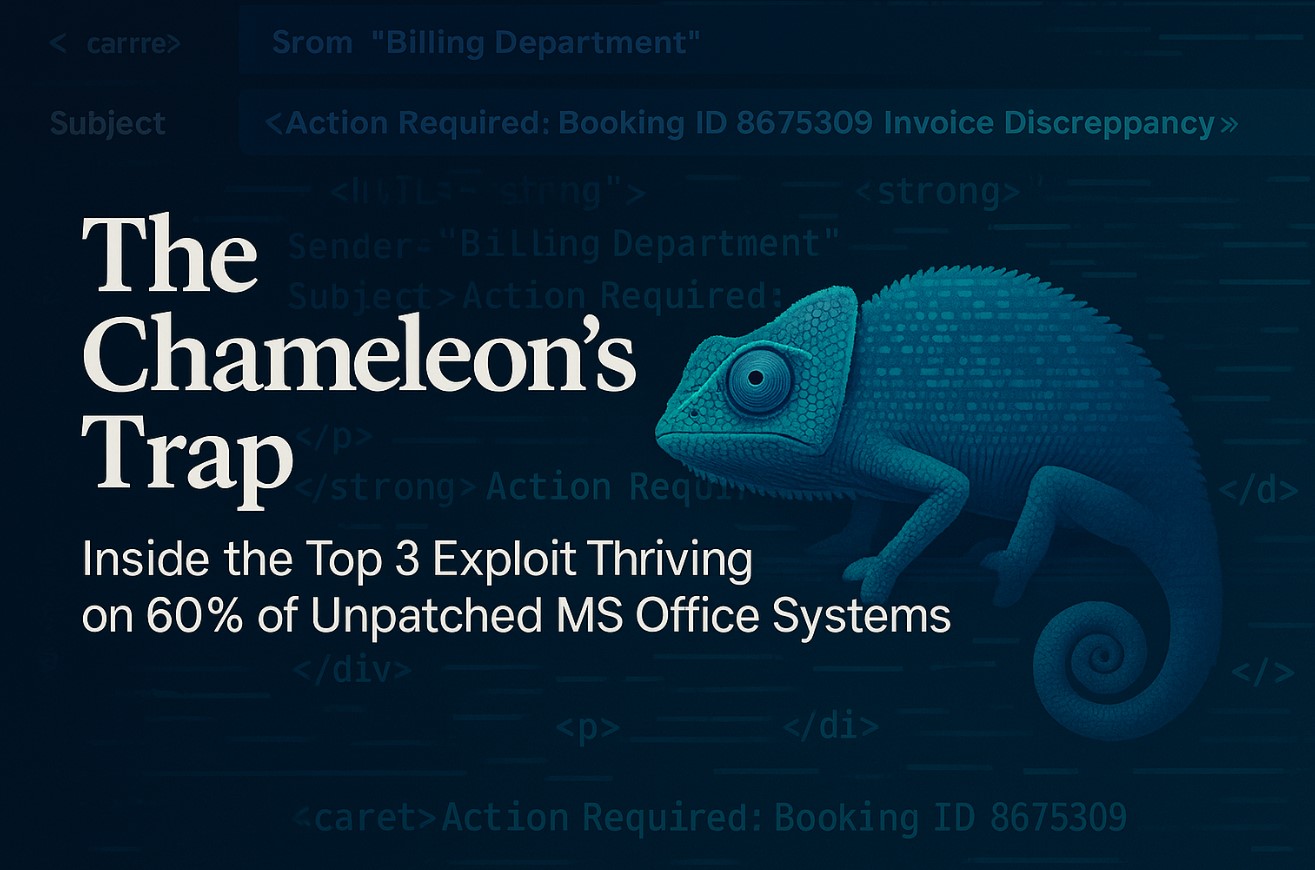

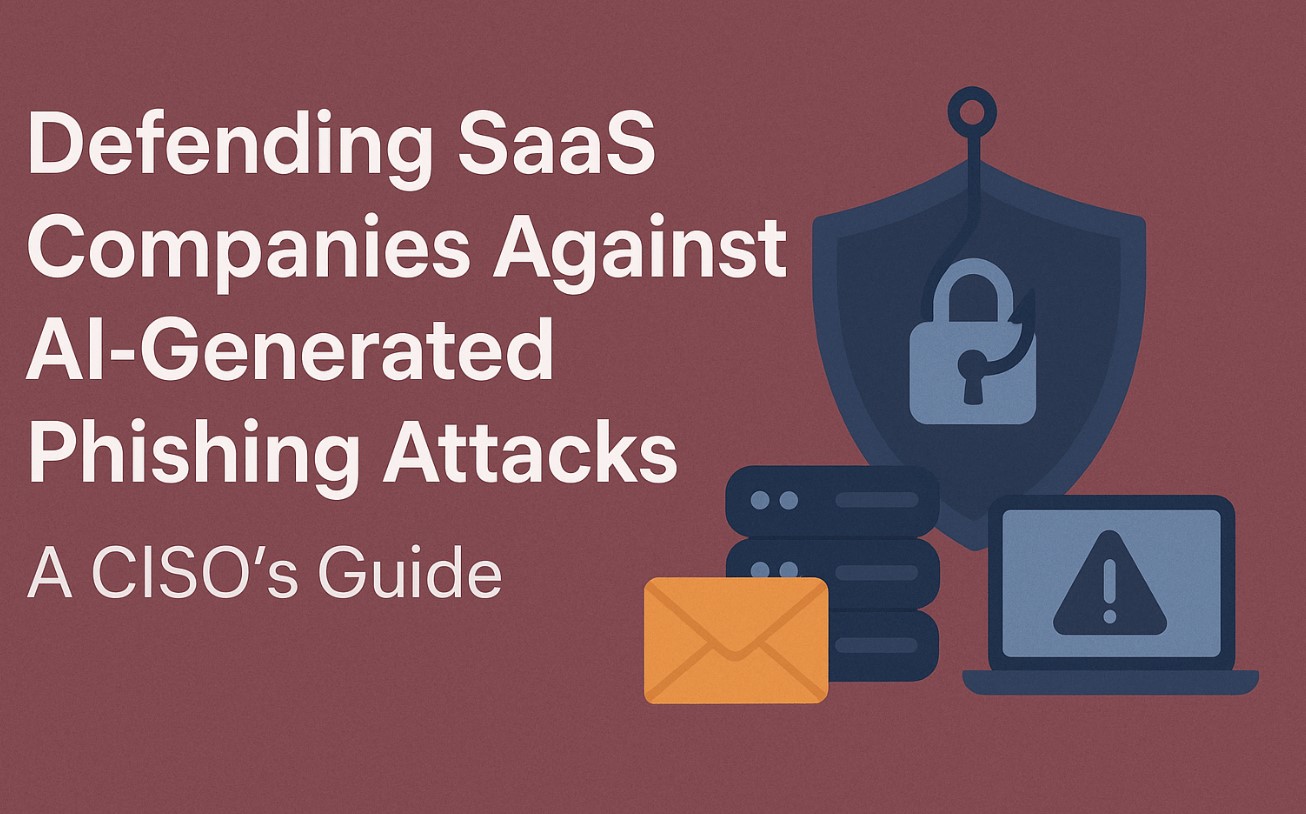



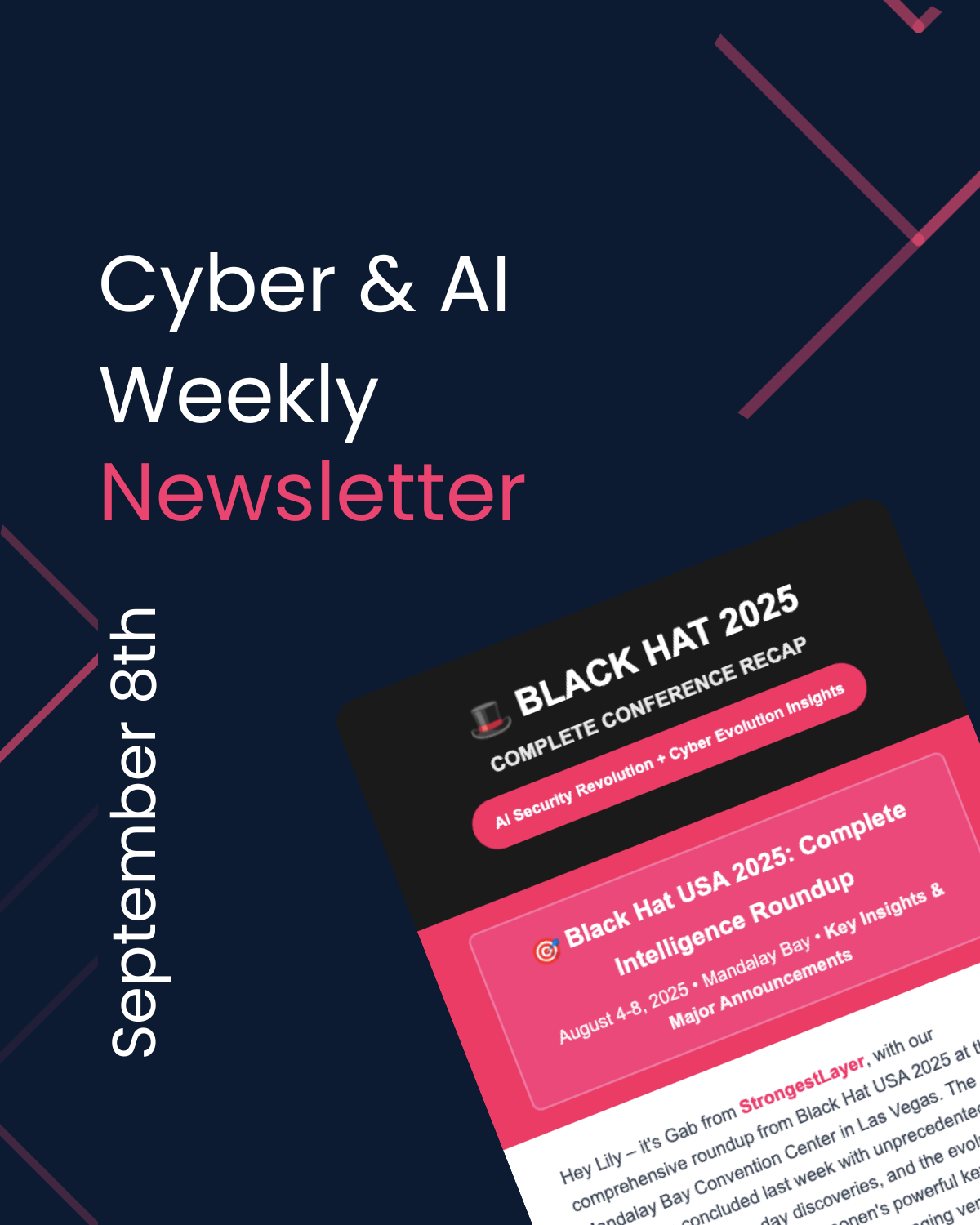


.png)

.png)
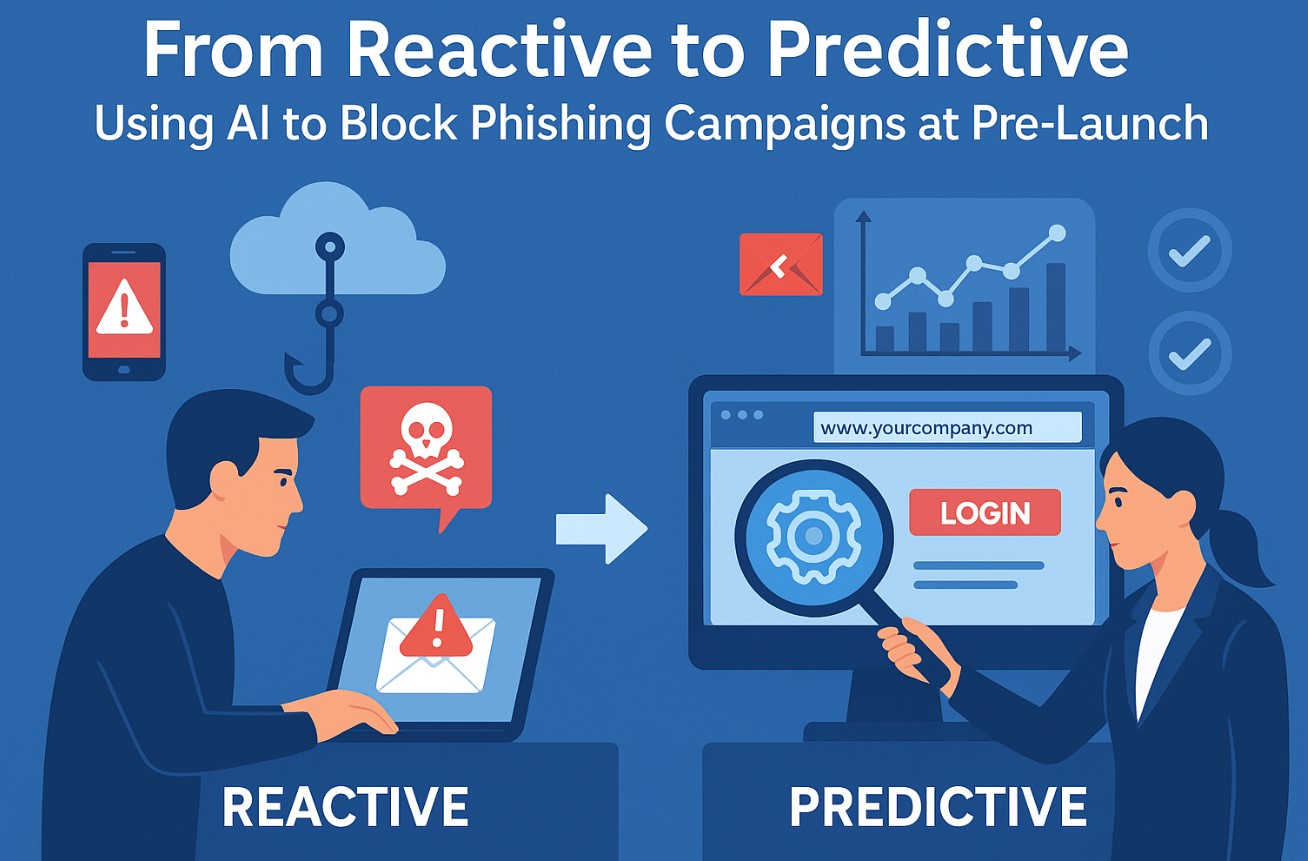


.png)
.jpg)
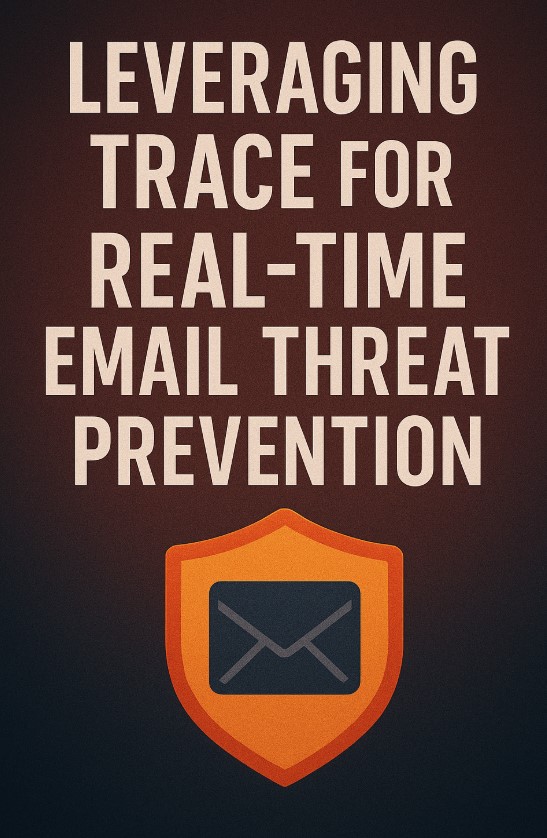
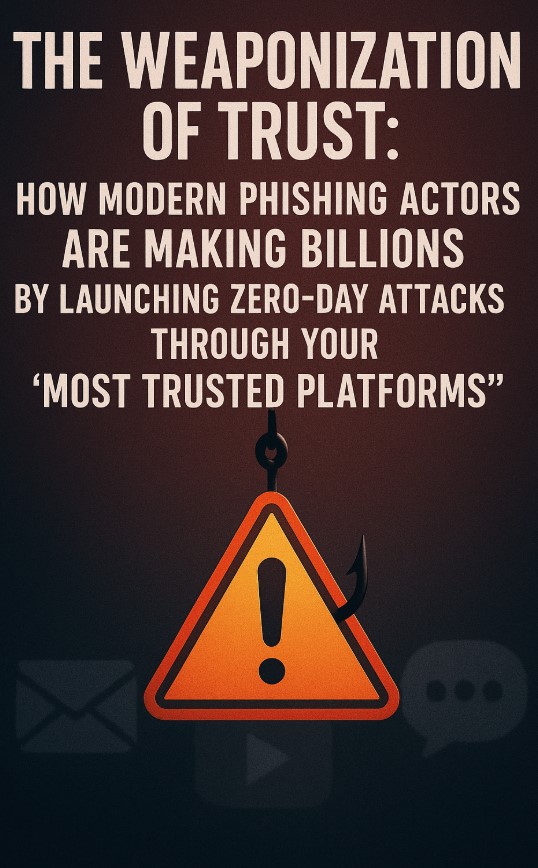
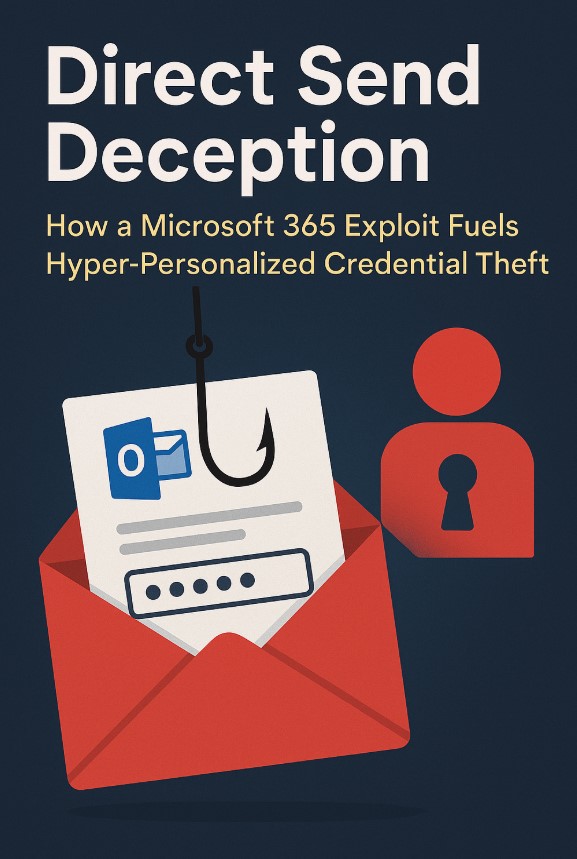
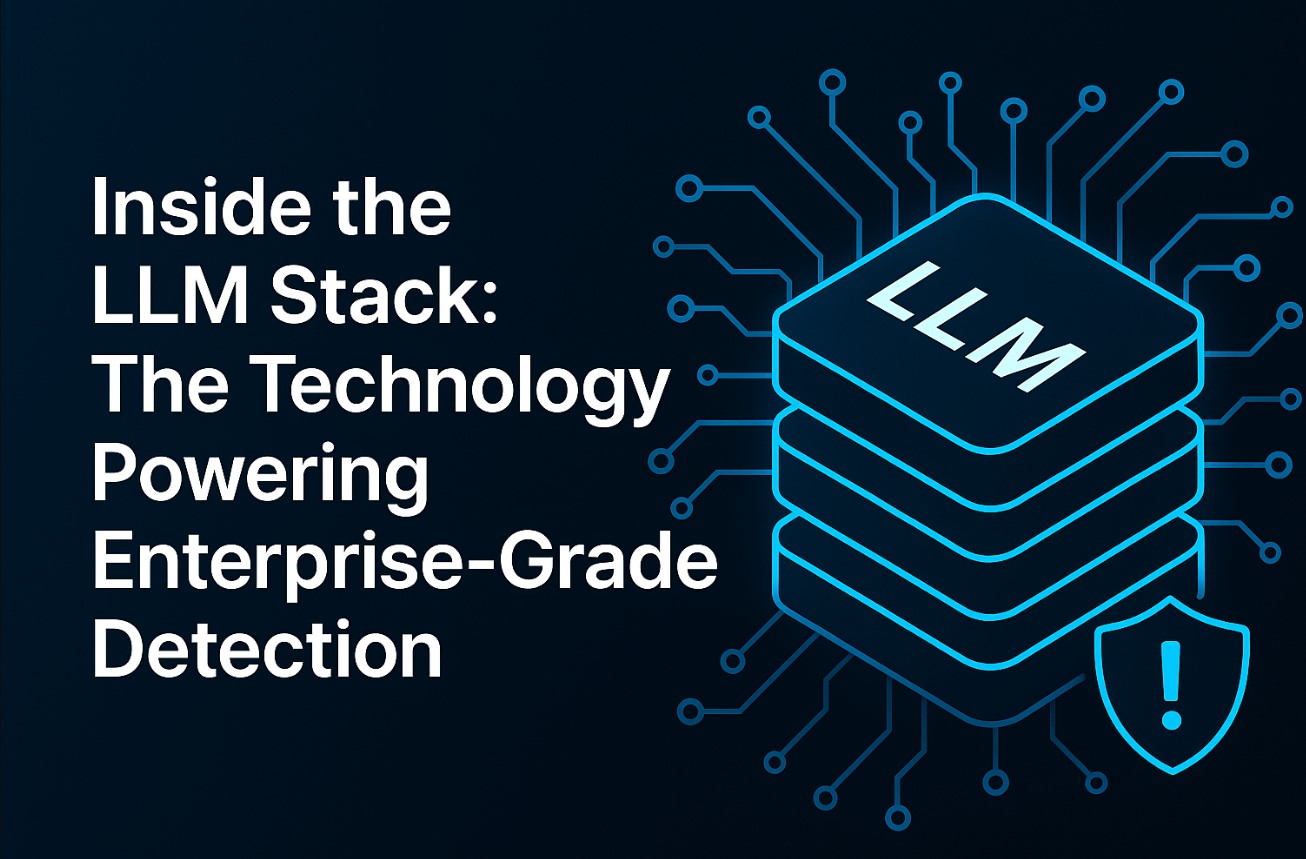
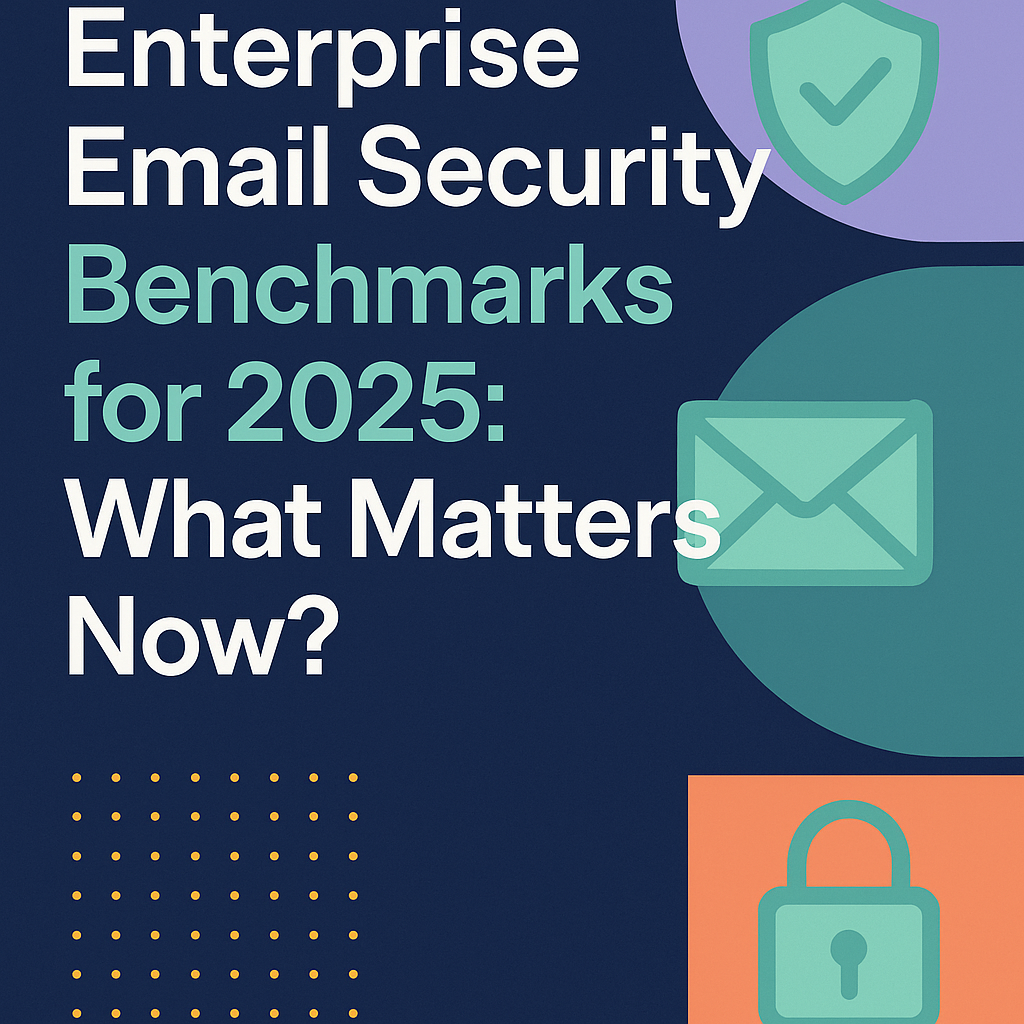
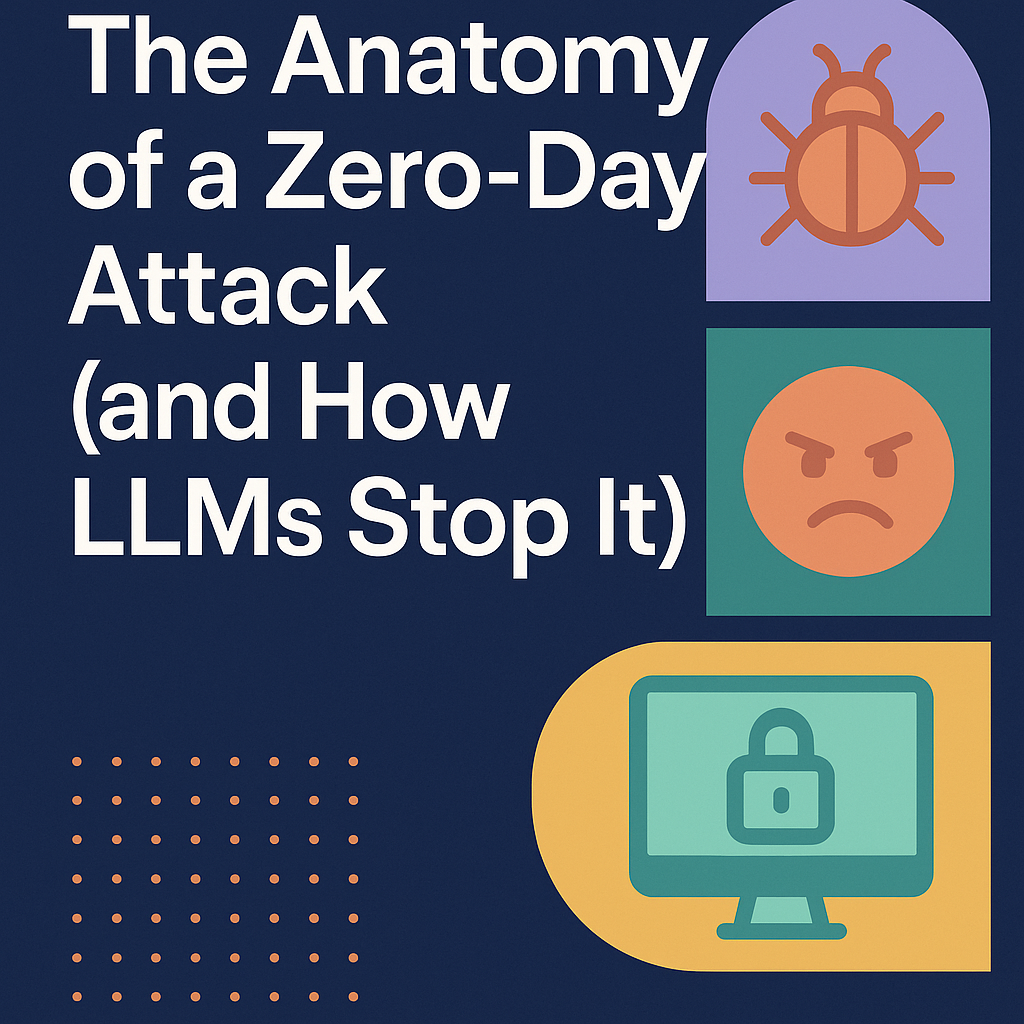

.png)







.png)































%20Attacks%20in%202025.jpg)









